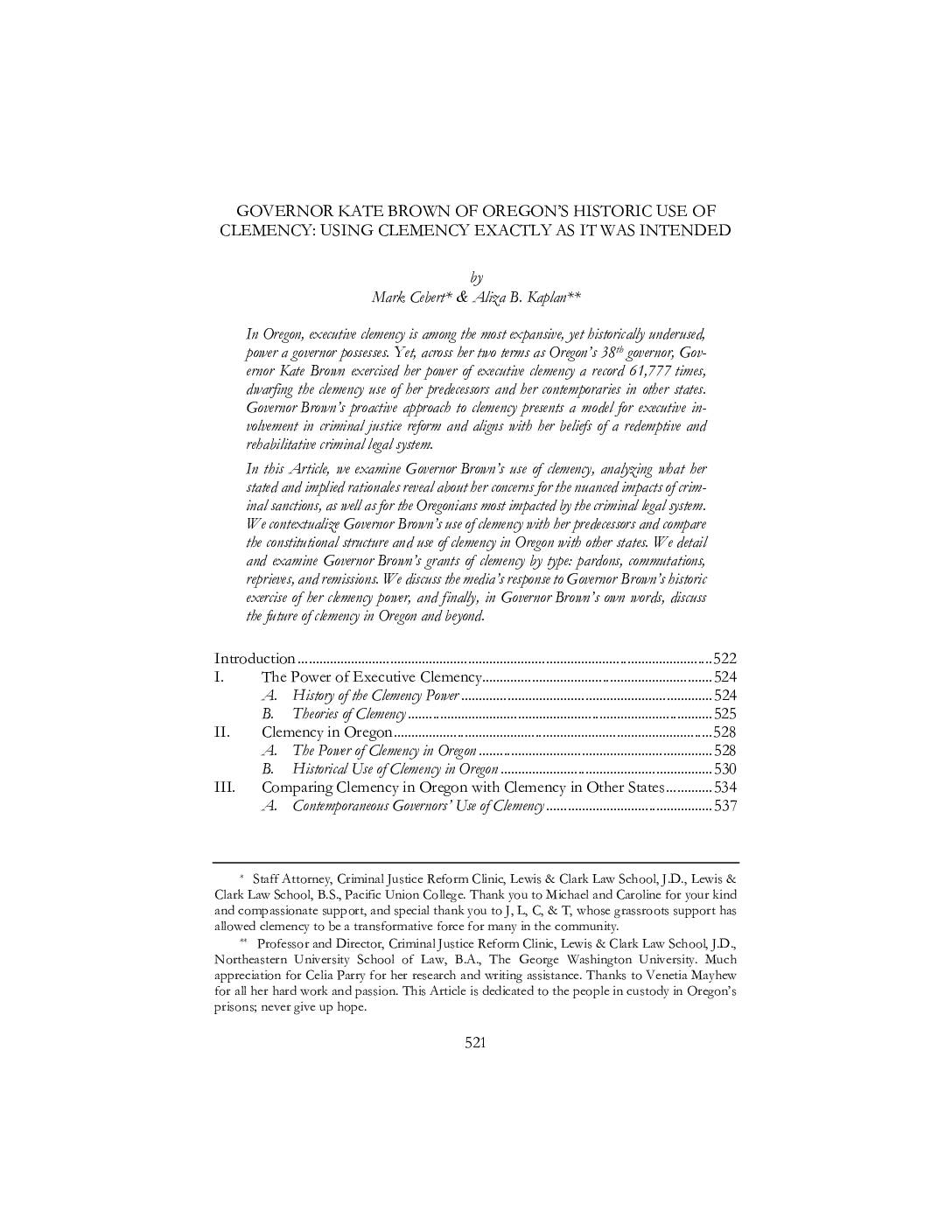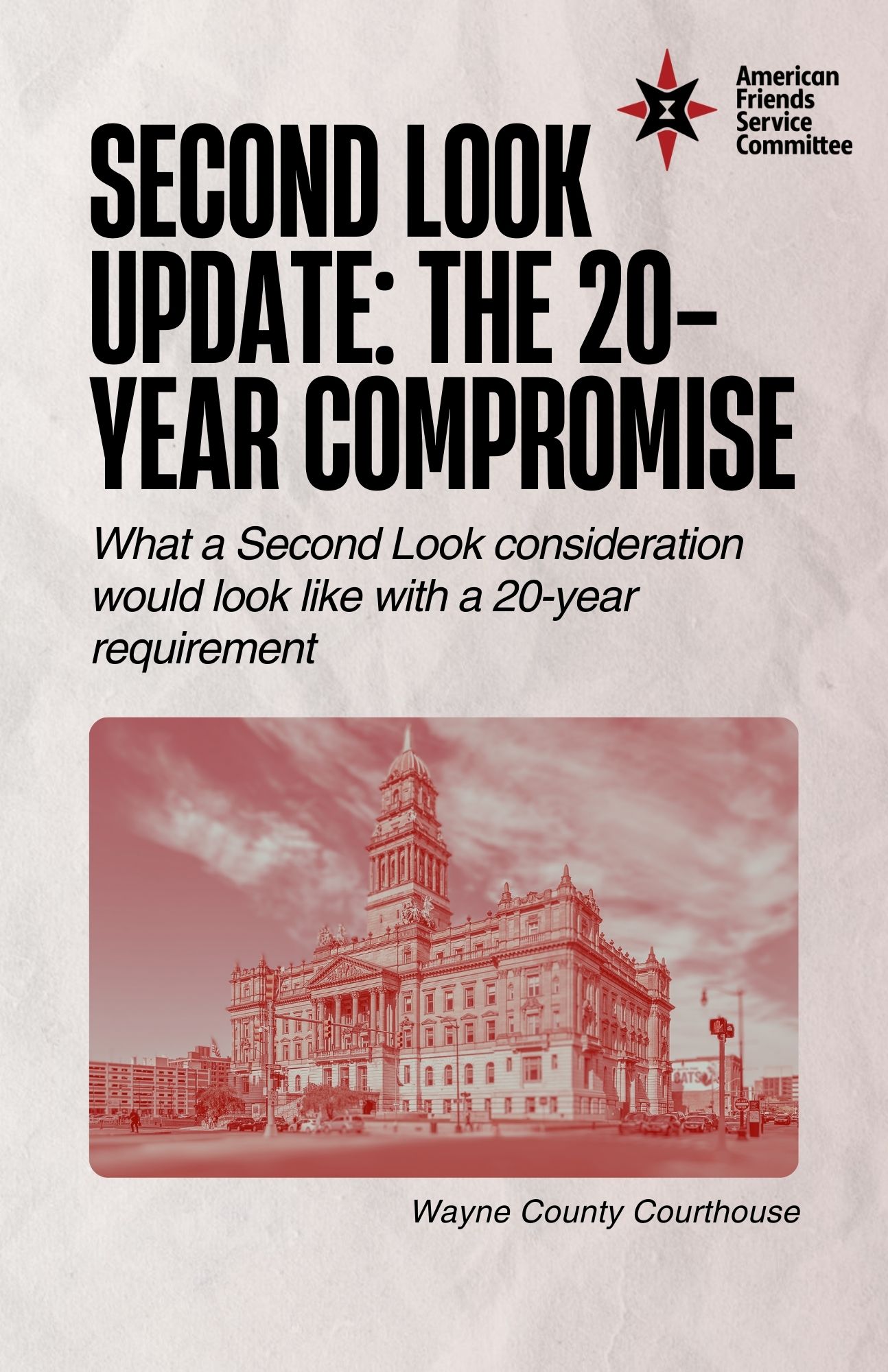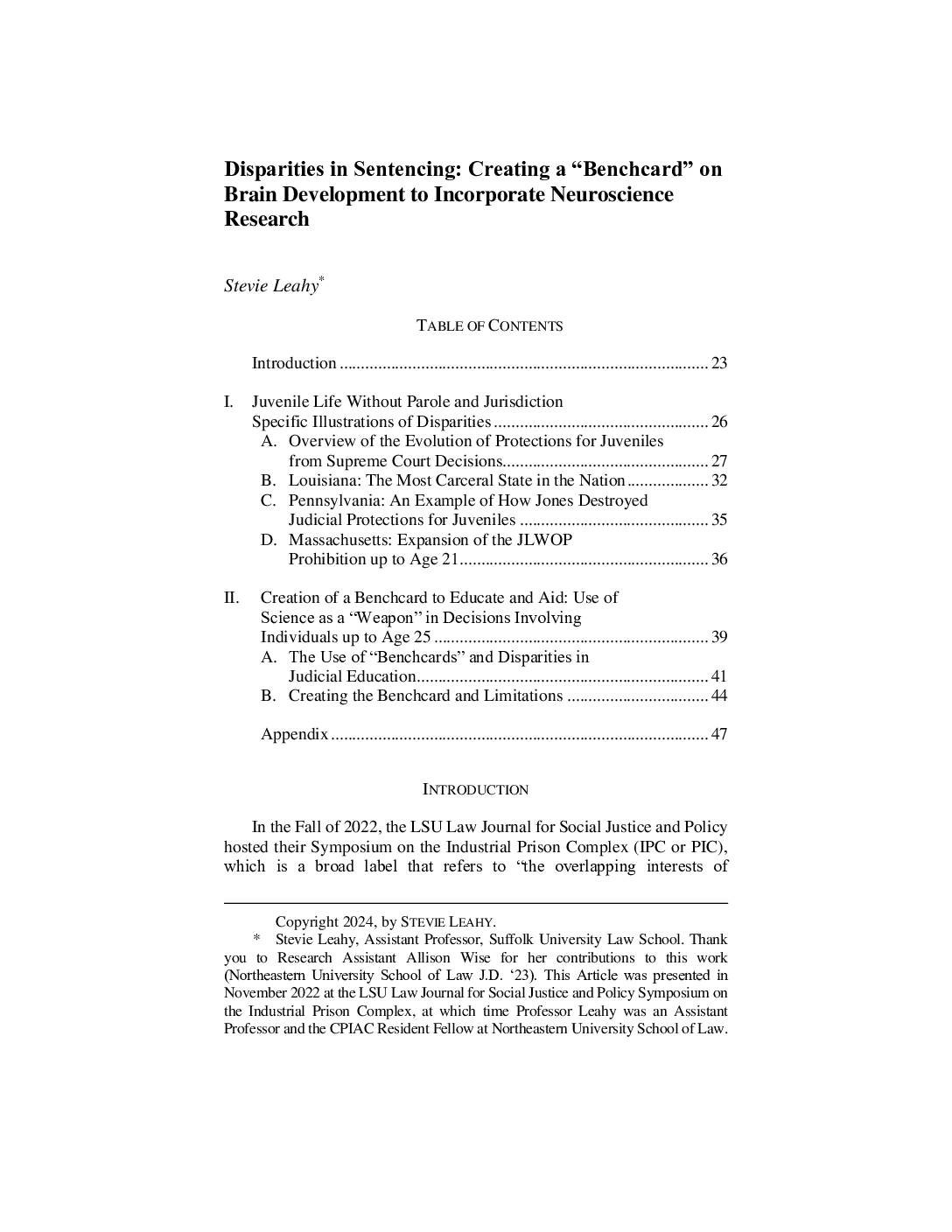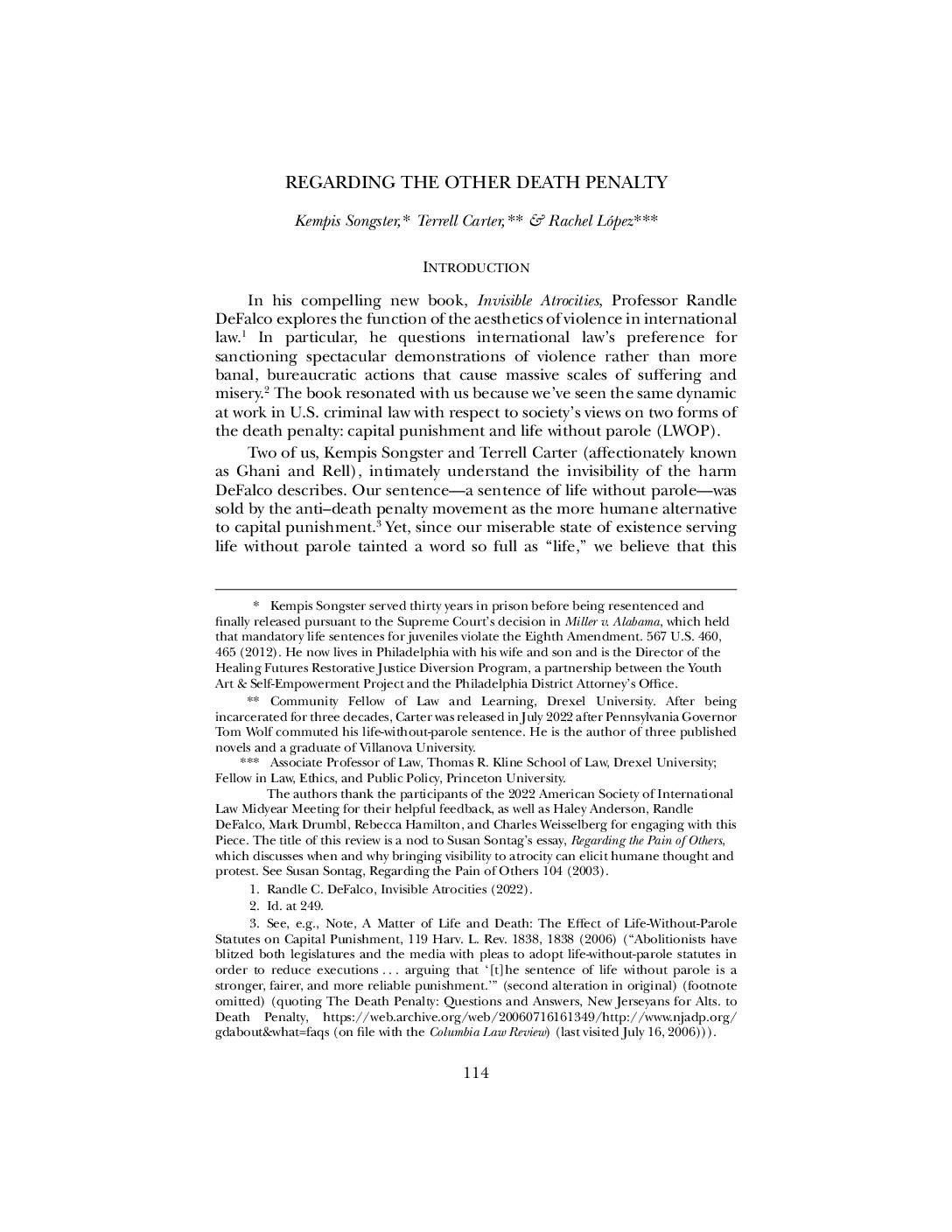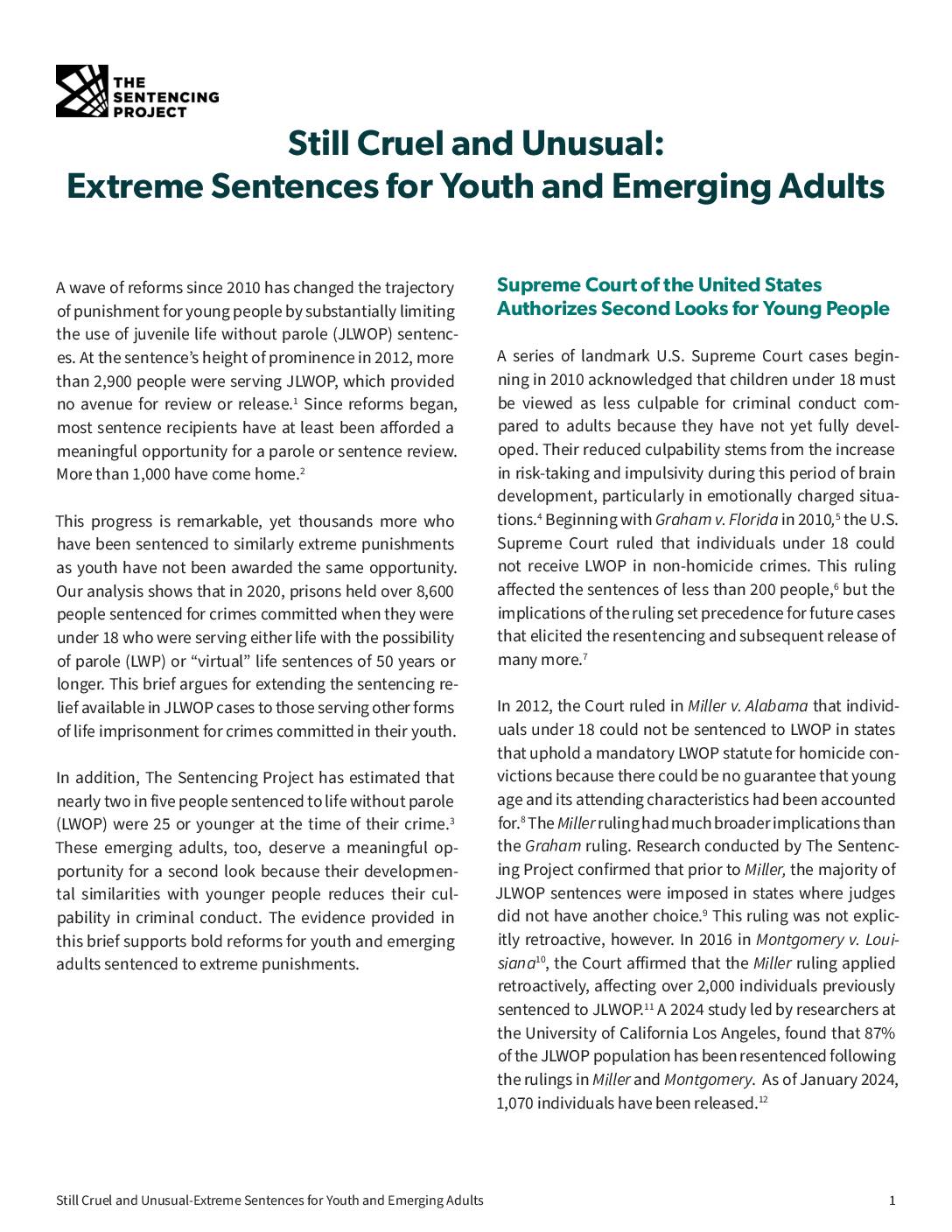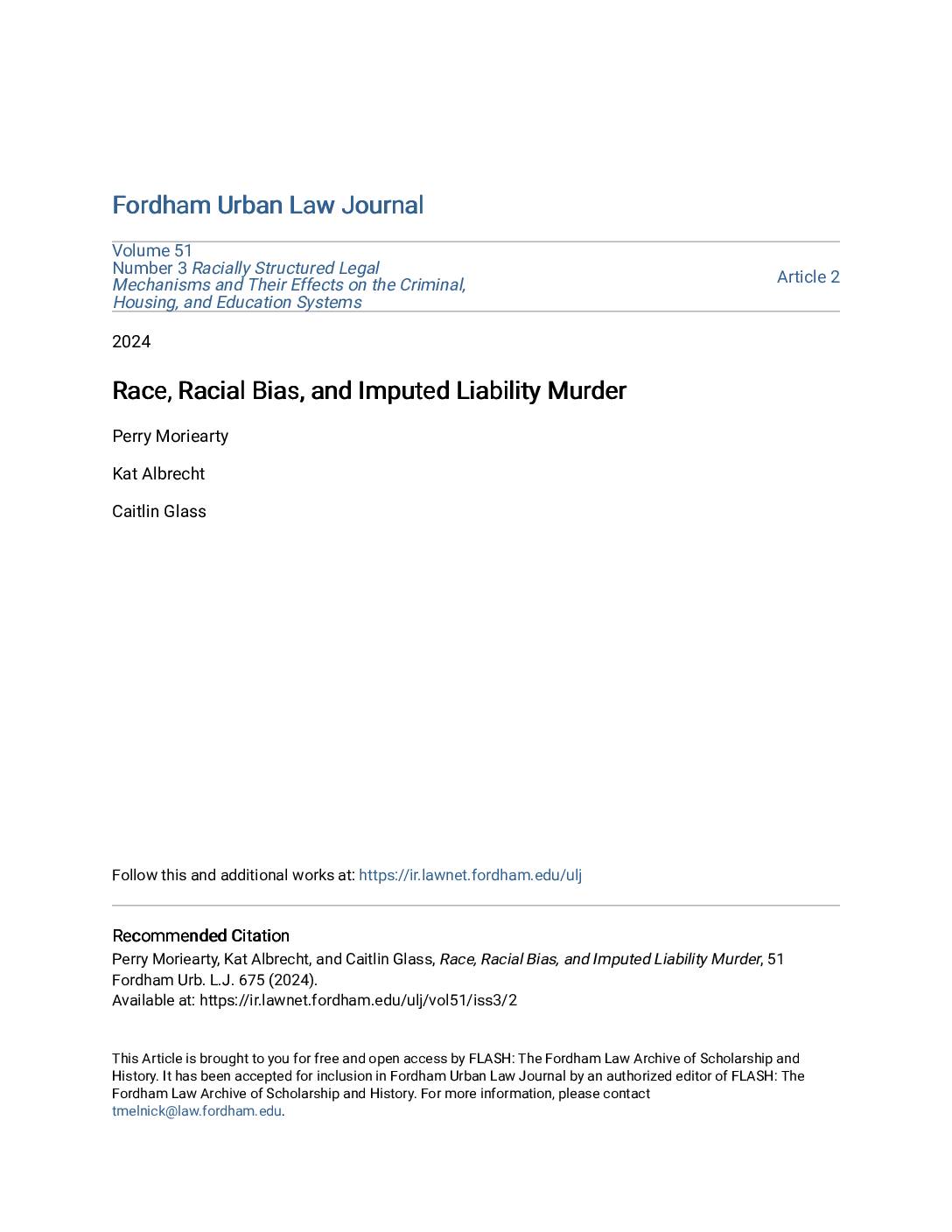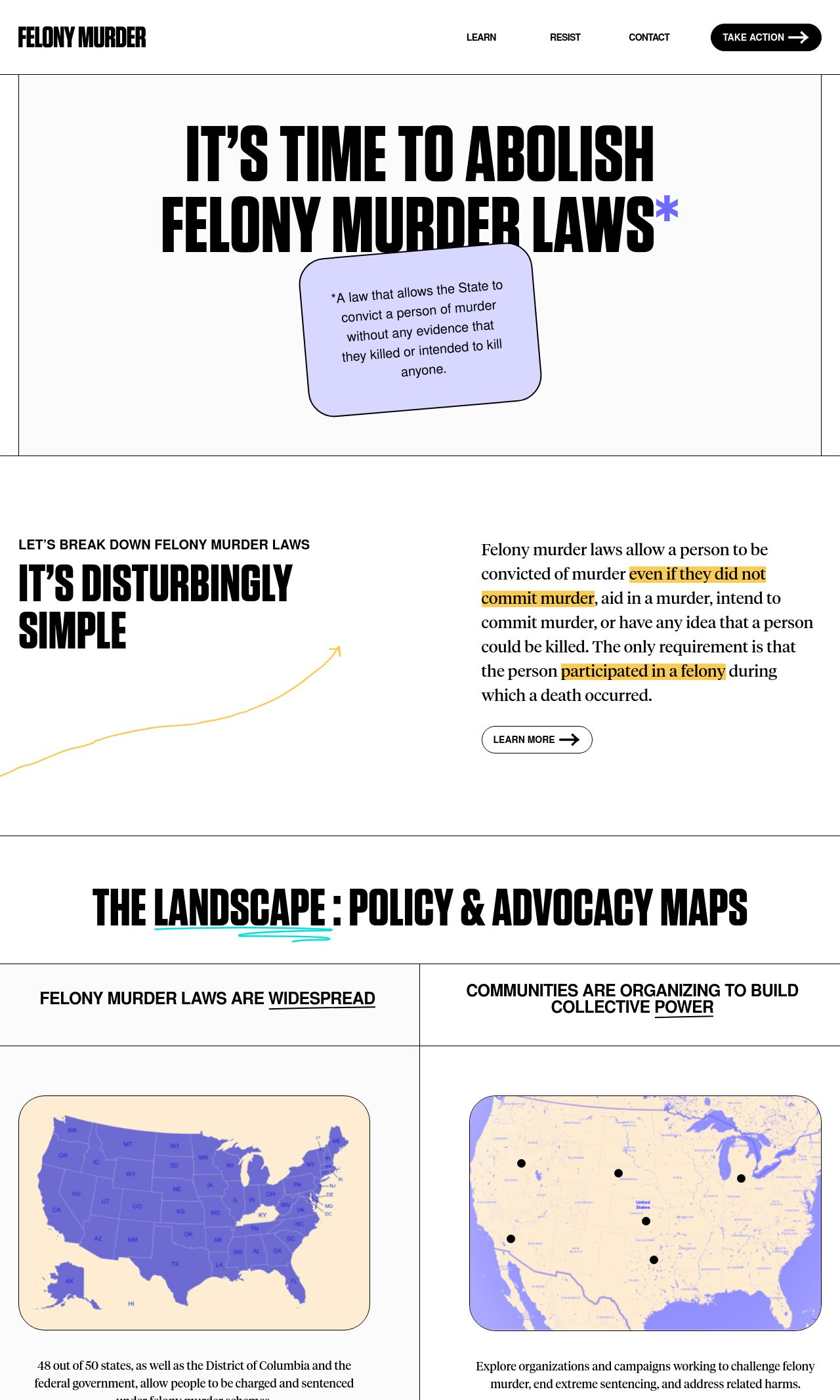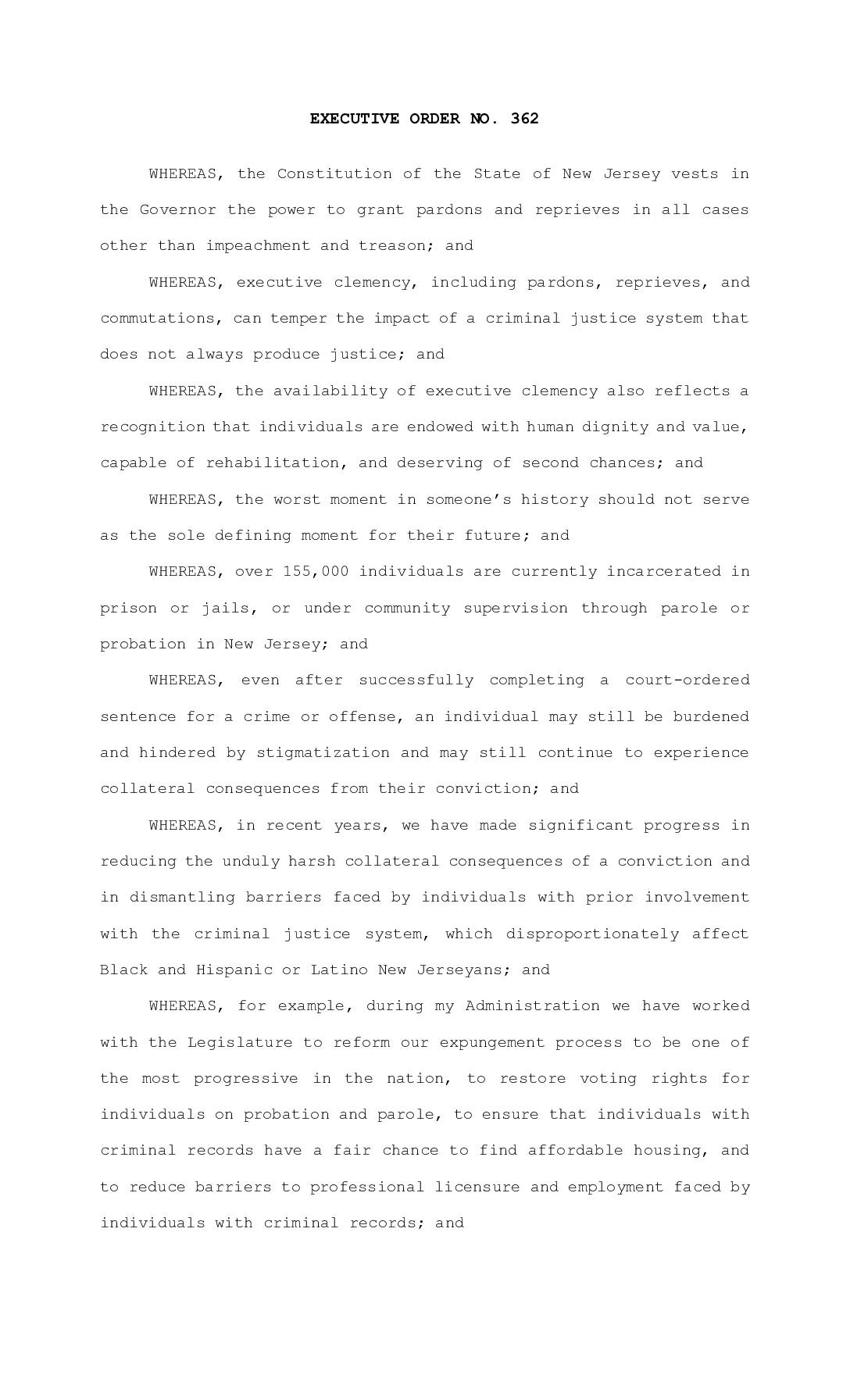PDF Governor Kate Brown of Oregon’s Historic Use of Clemency: Using Clemency Exactly as it Was Intended
In Oregon, executive clemency is among the most expansive, yet historically underused, power a governor possesses. Yet, across her two terms as Oregon’s 38th governor, Governor Kate Brown exercised her power of executive clemency a record 61,777 times, dwarfing the clemency use of her predecessors and her contemporaries in other states. Governor Brown’s proactive approach to clemency presents a model for executive involvement in criminal justice reform and aligns with her beliefs of a redemptive and rehabilitative criminal legal system.
In this Article, we examine Governor Brown’s use of clemency, analyzing what her stated and implied rationales reveal about her concerns for the nuanced impacts of criminal sanctions, as well as for the Oregonians most impacted by the criminal legal system. We contextualize Governor Brown’s use of clemency with her predecessors and compare the constitutional structure and use of clemency in Oregon with other states. We detail and examine Governor Brown’s grants of clemency by type: pardons, commutations, reprieves, and remissions. We discuss the media’s response to Governor Brown’s historic exercise of her clemency power, and finally, in Governor Brown’s own words, discuss the future of clemency in Oregon and beyond.


